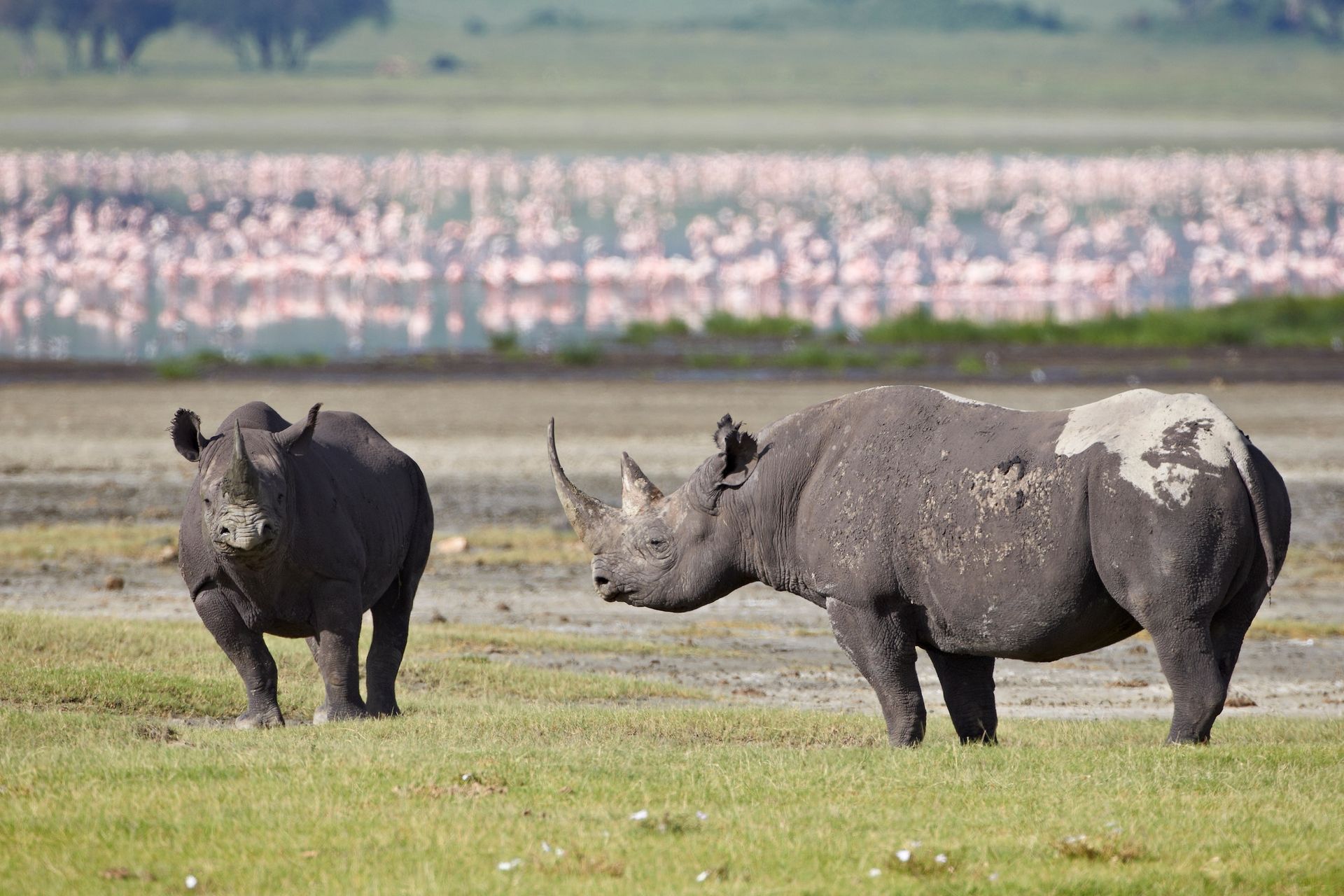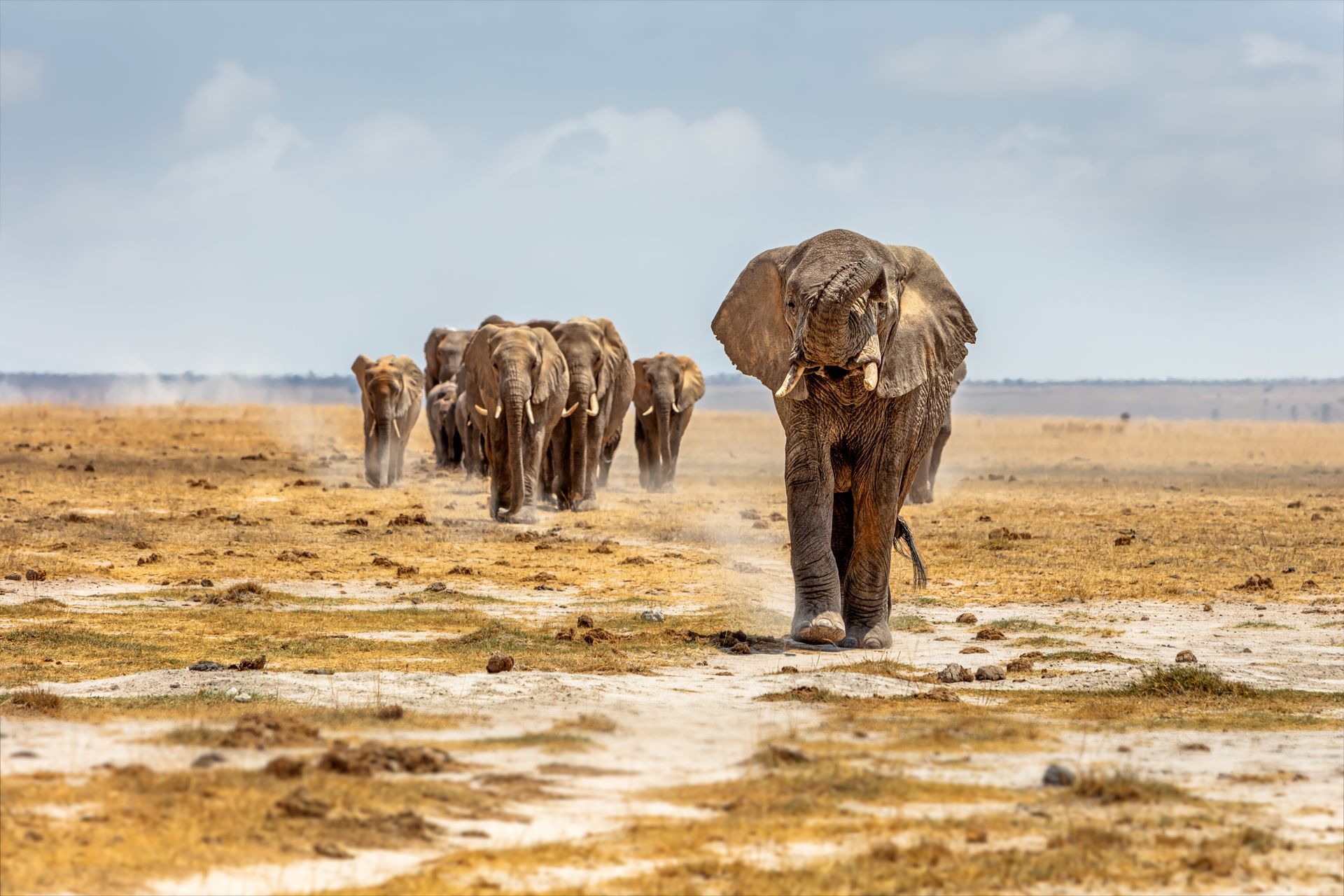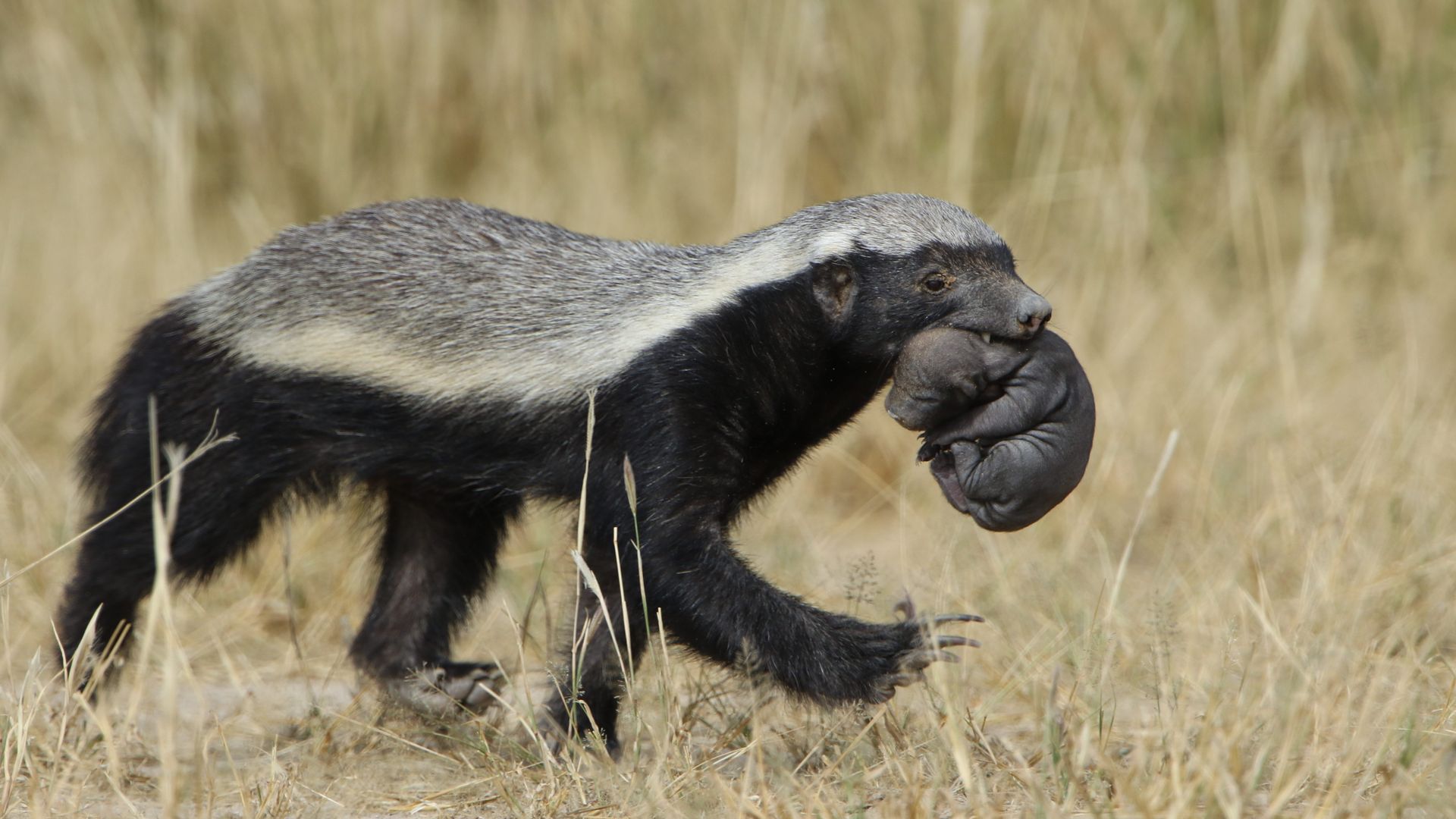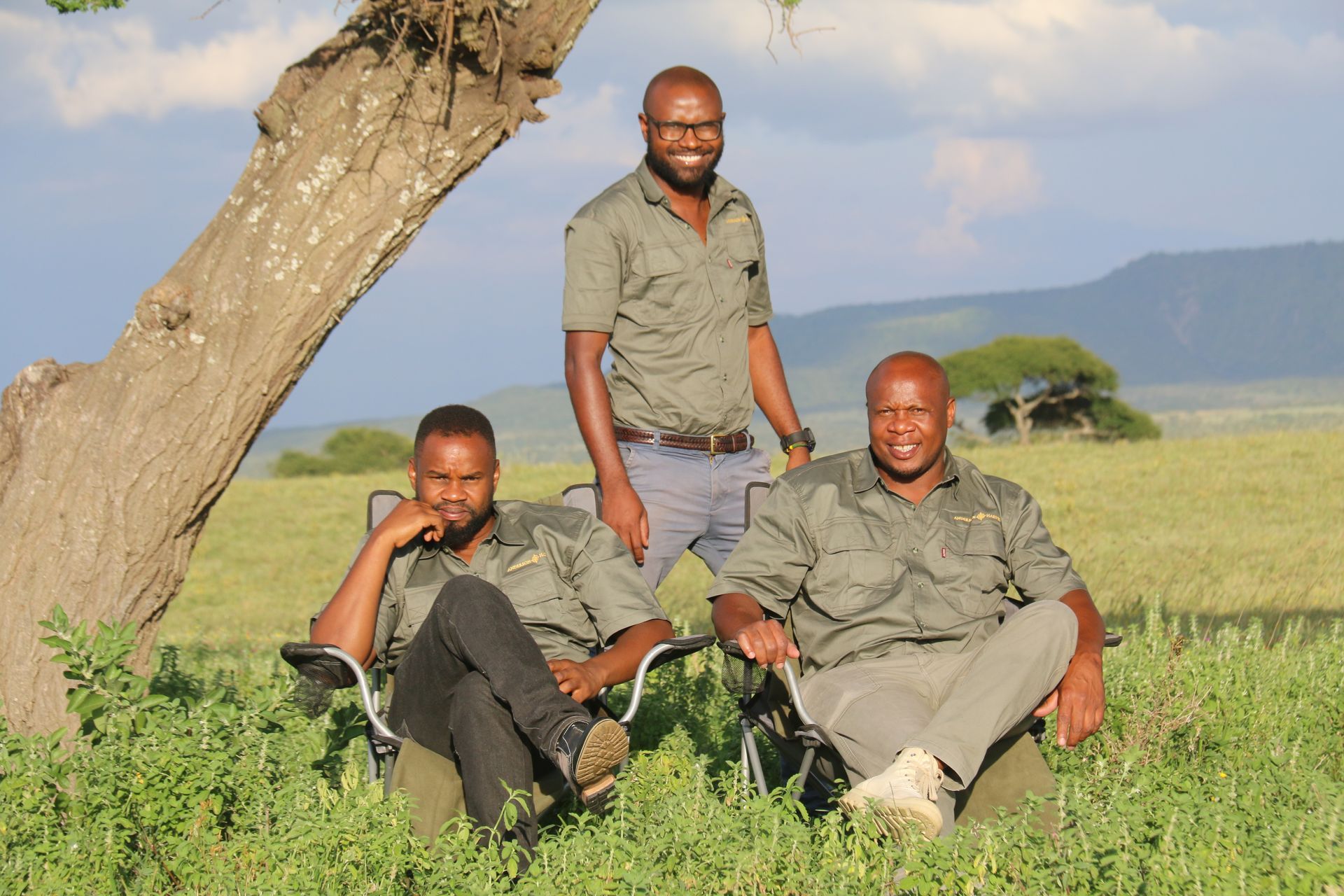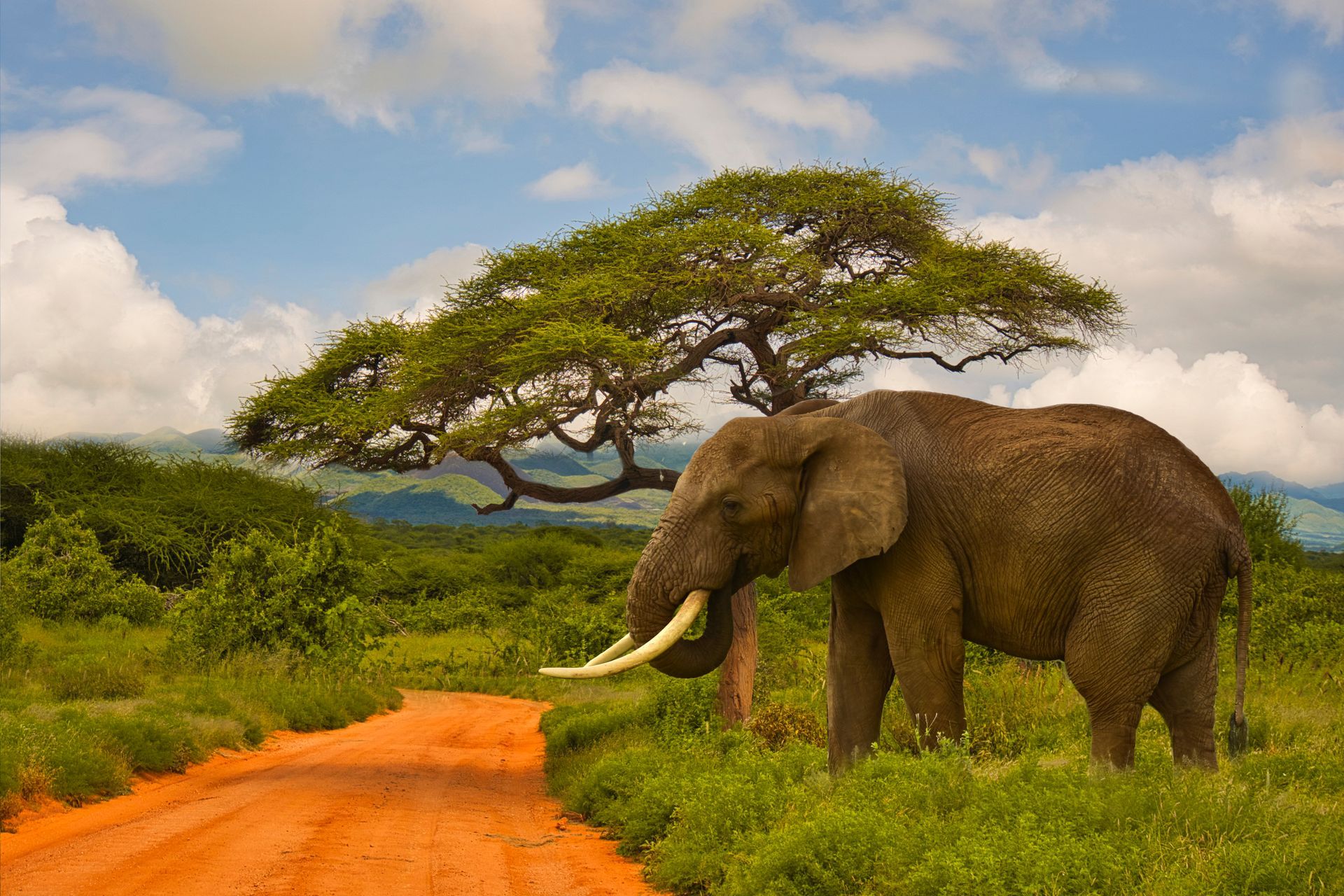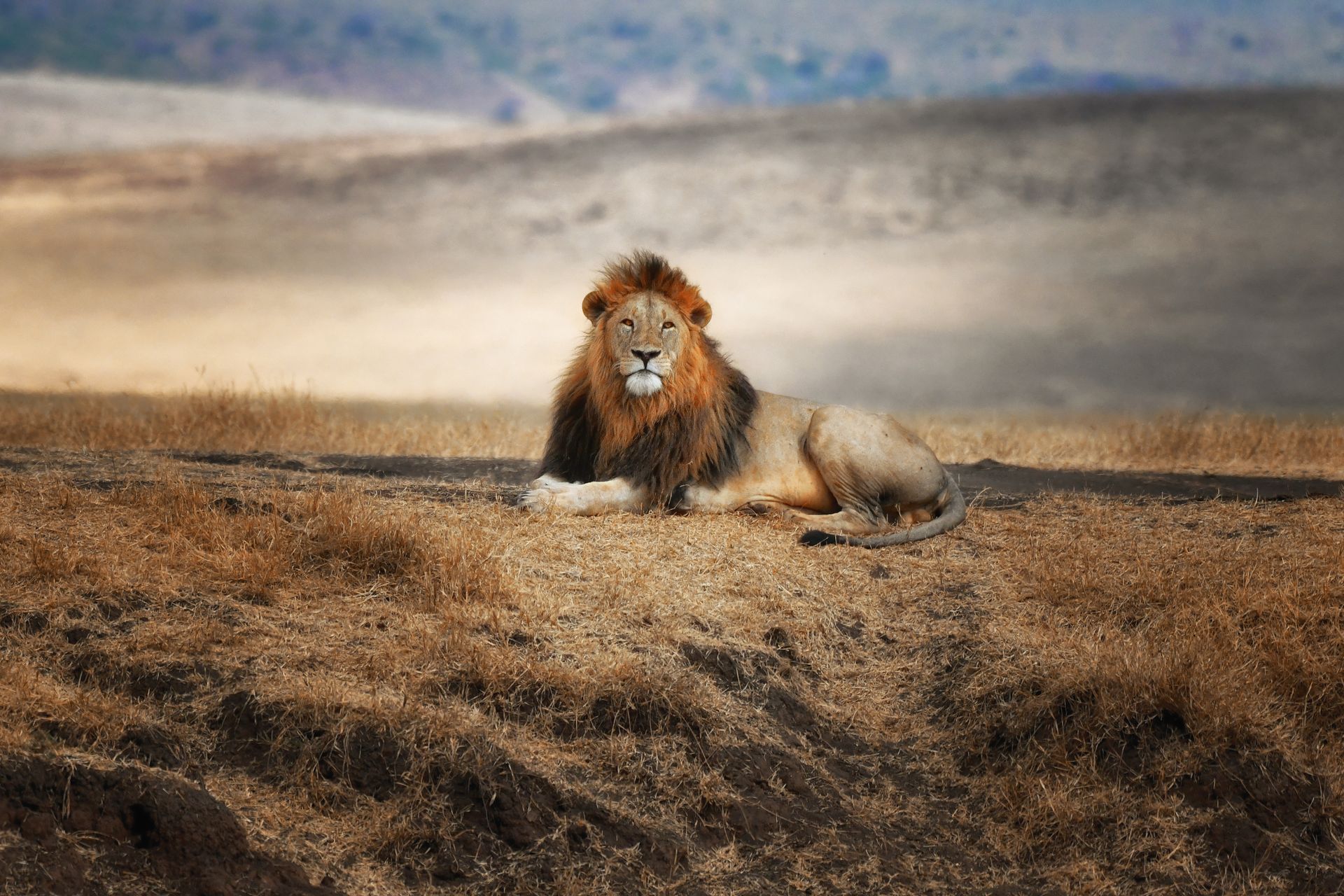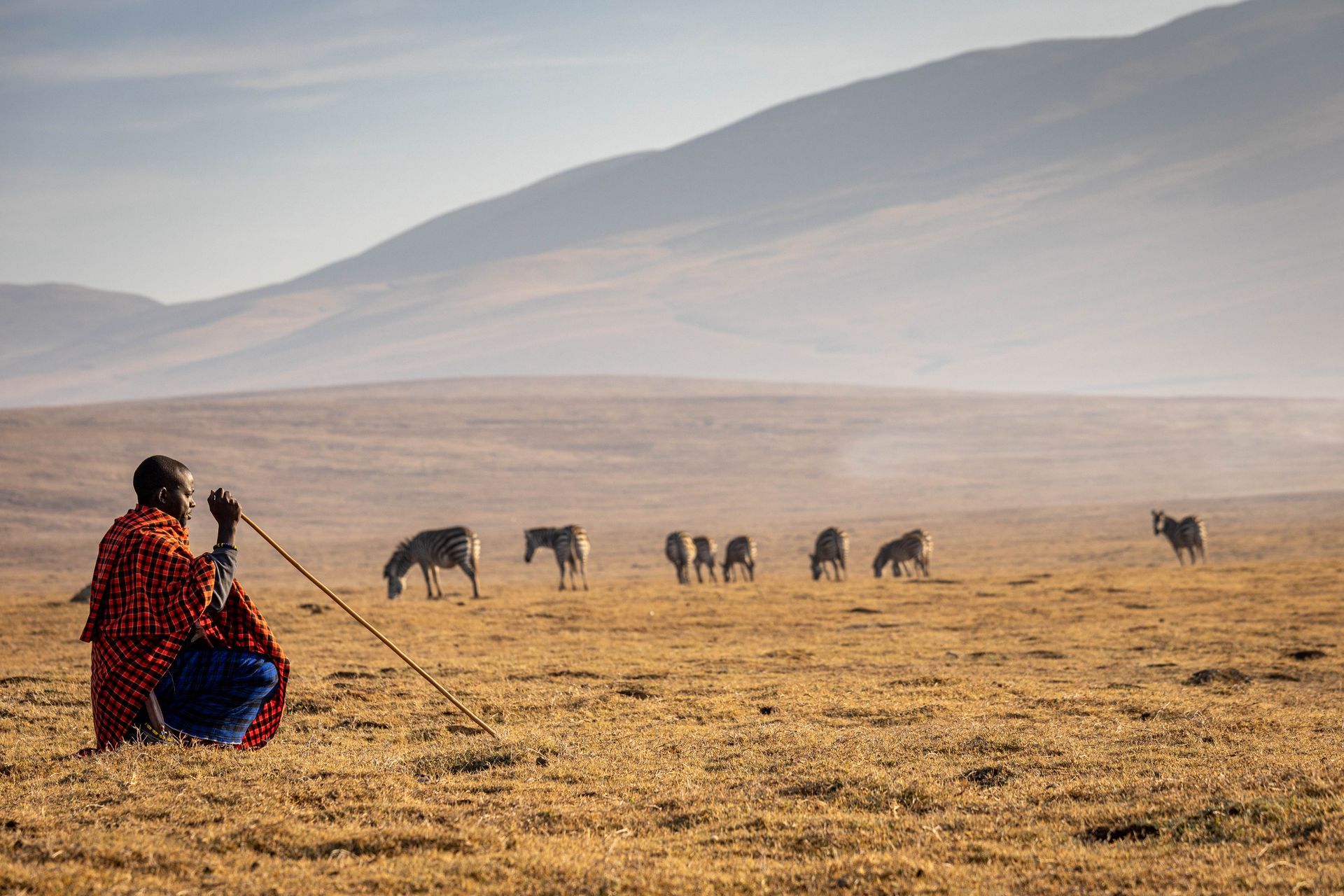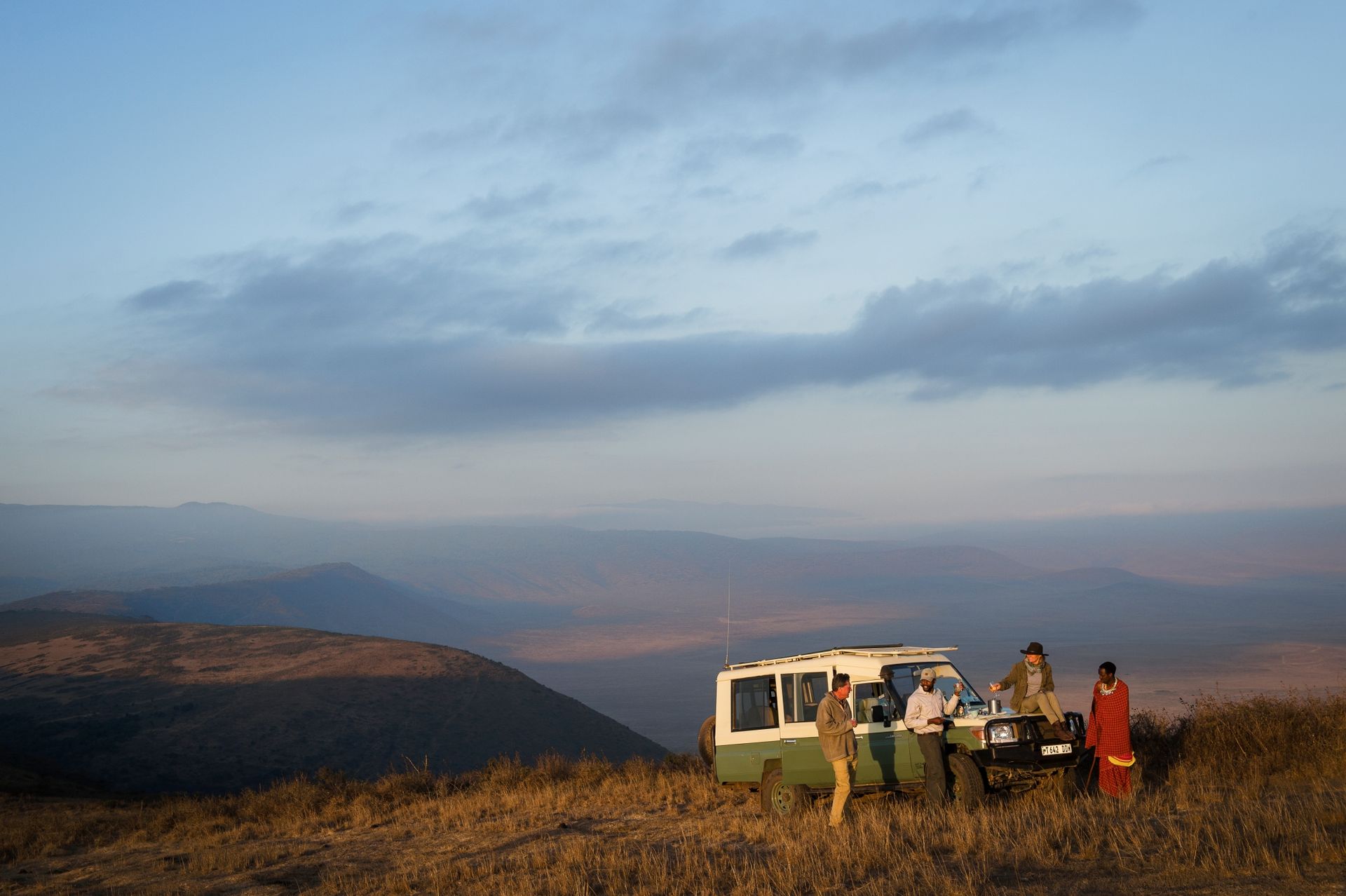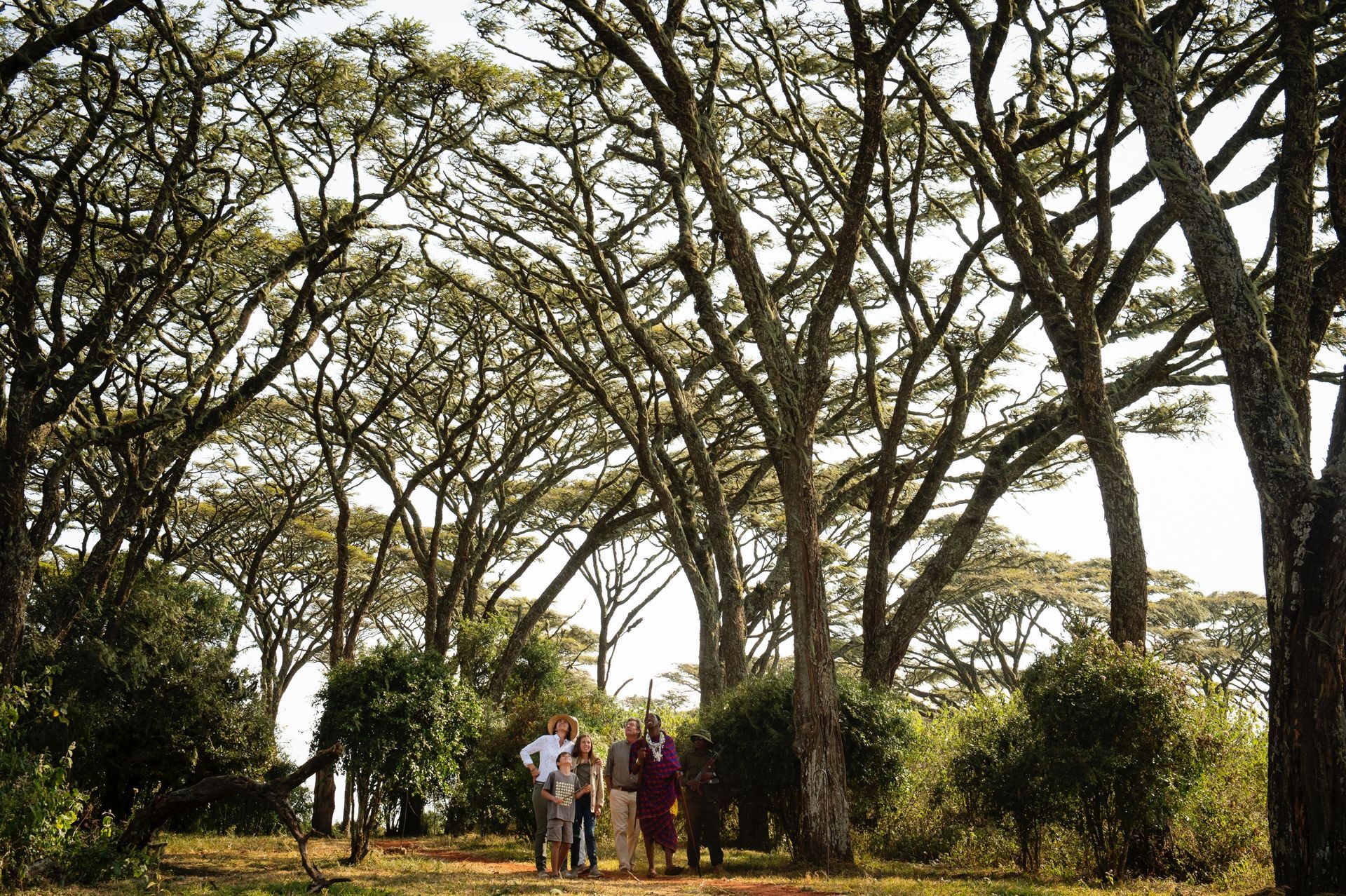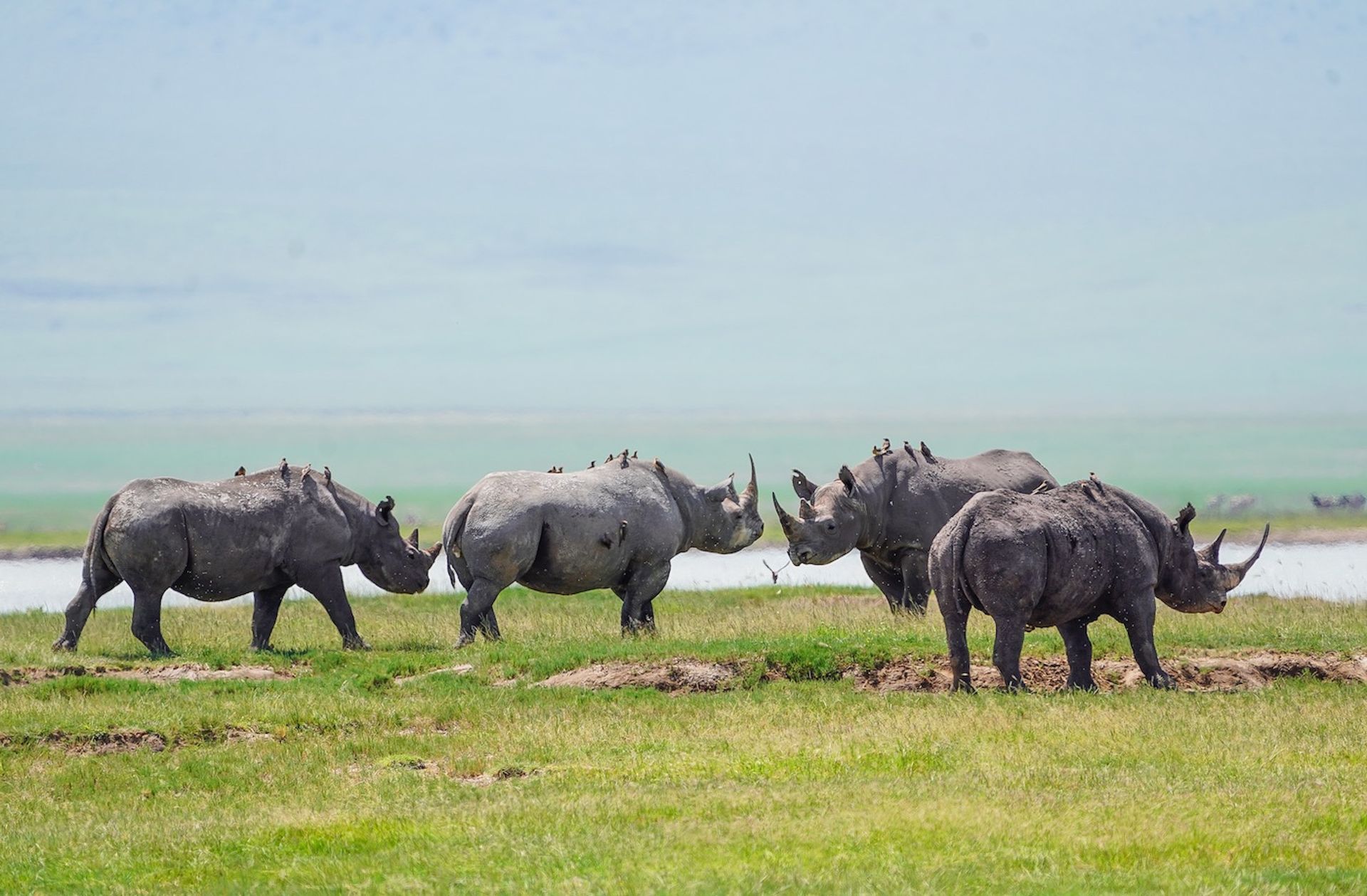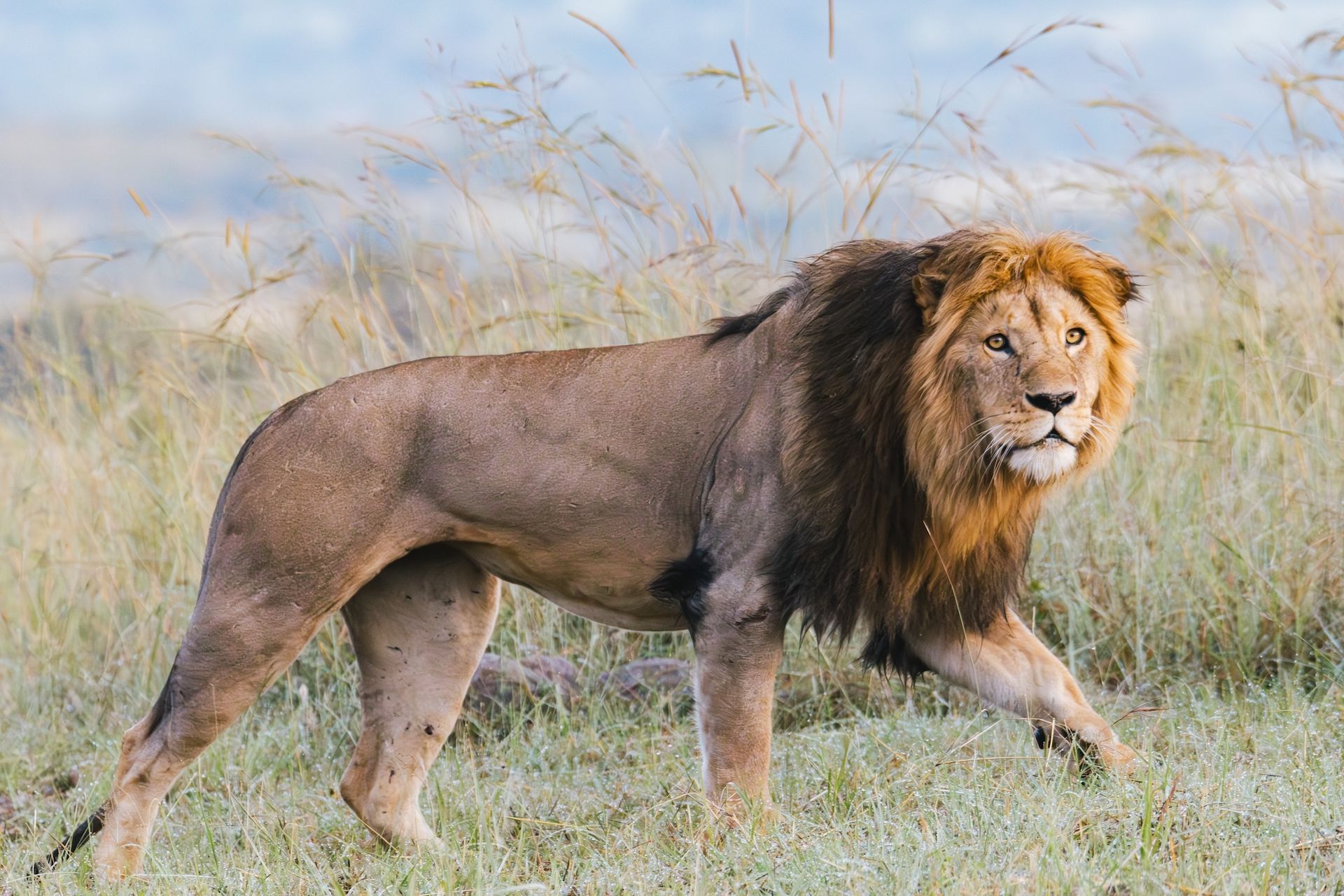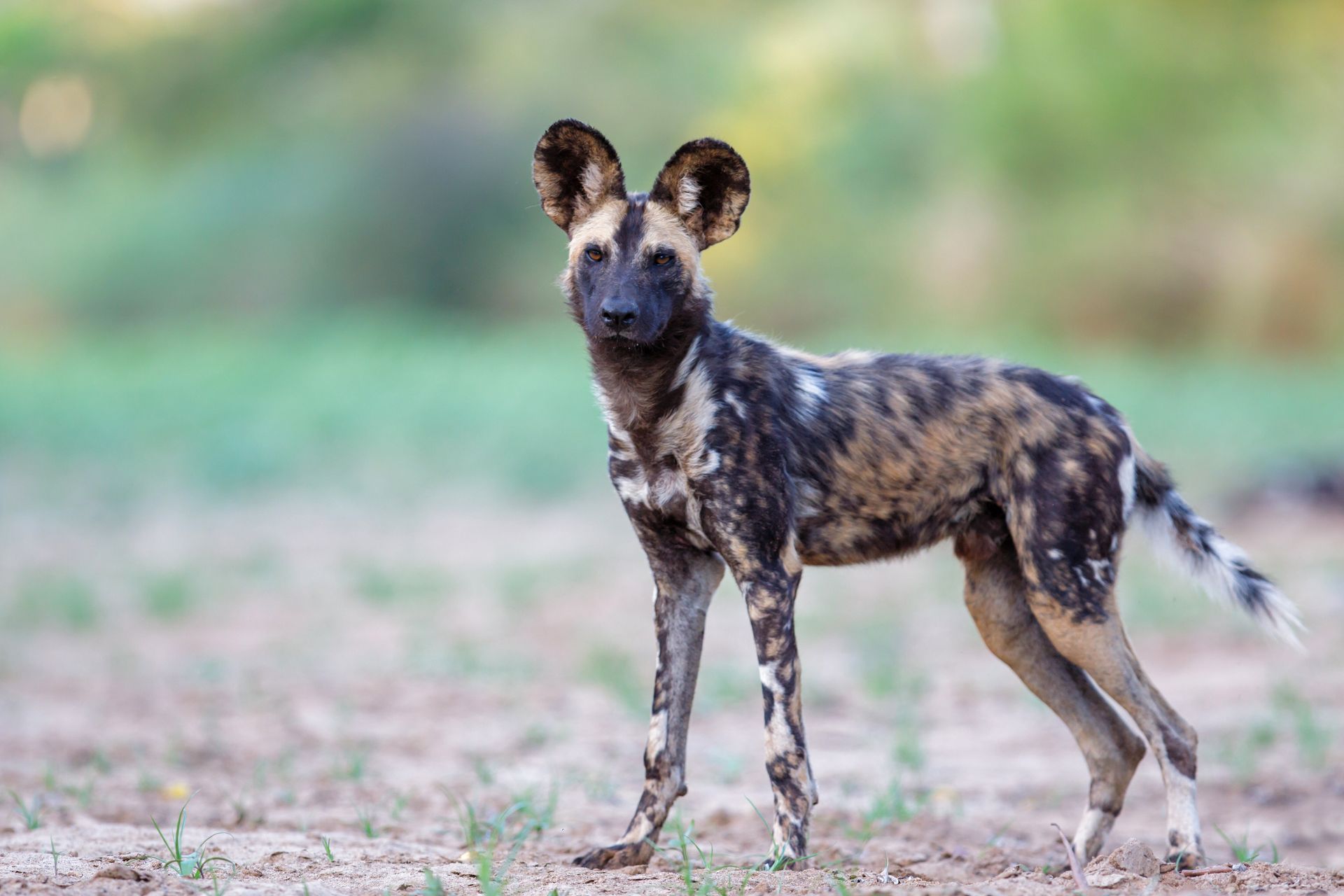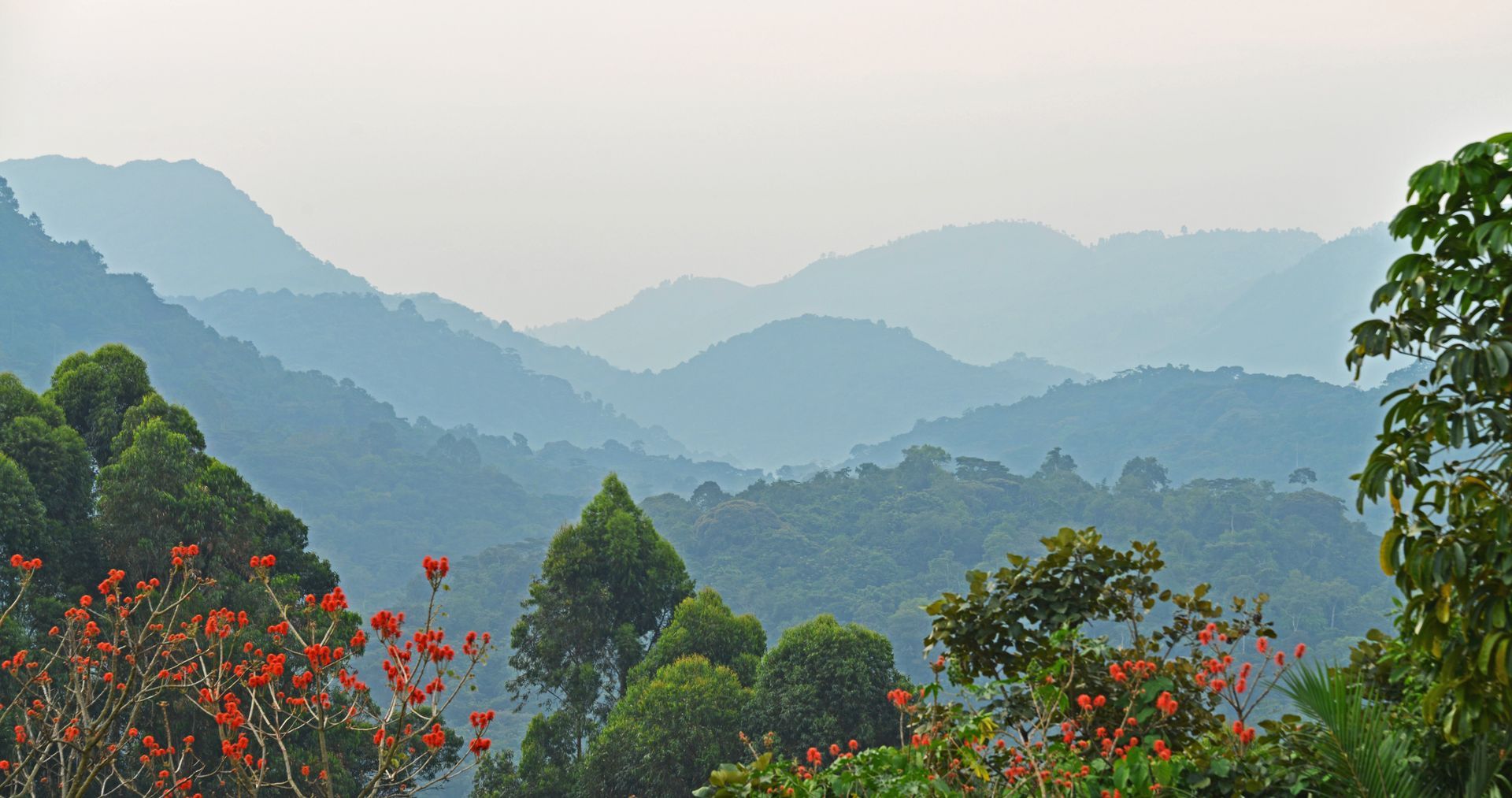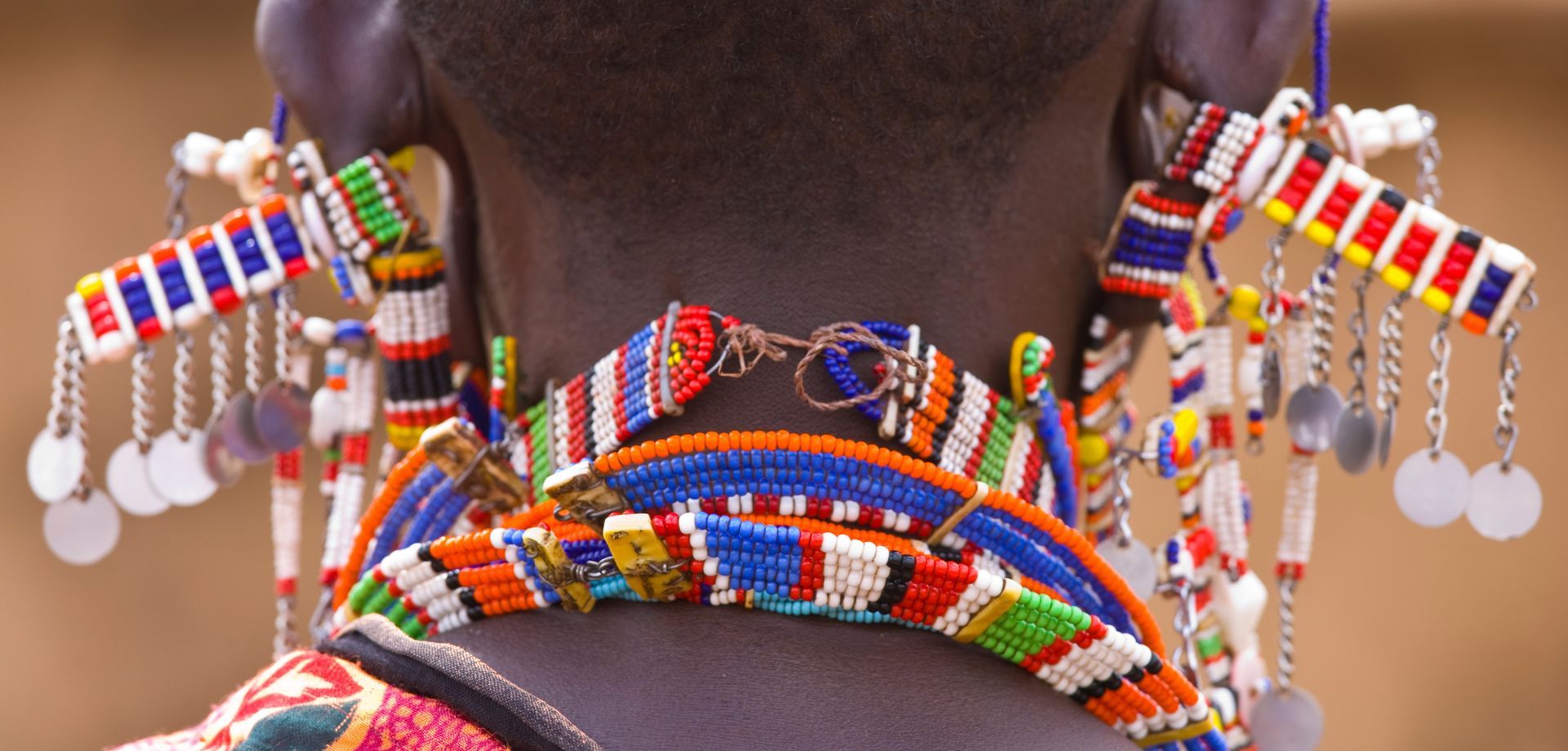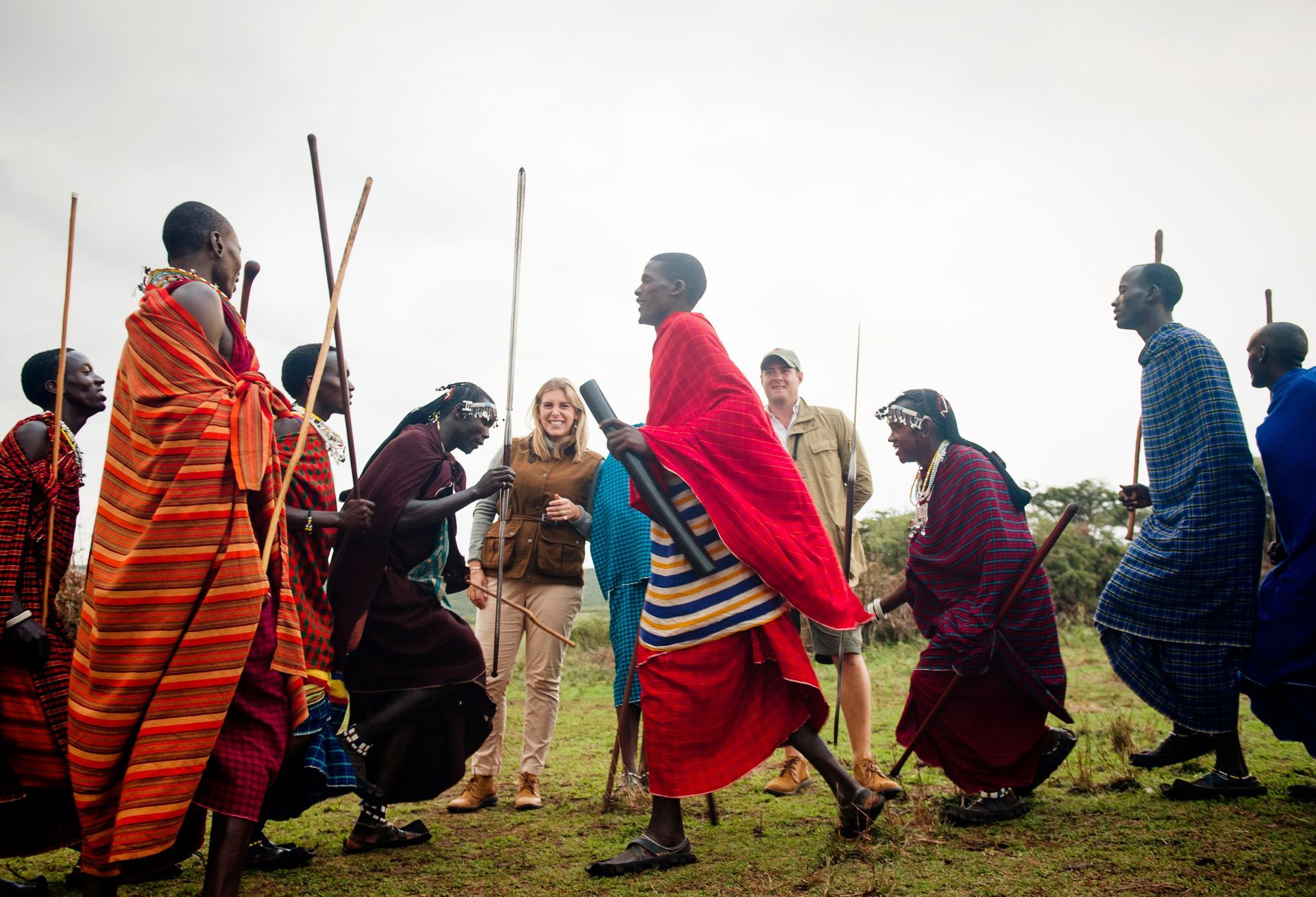Why the Ngorongoro Crater still captivates
A fresh look at an old favourite
The Ngorongoro Crater has been on the safari circuit for decades, drawing visitors from all over the world to its remarkable landscape. For some, this makes it feel like a "must-see" box to tick before moving on to more remote or lesser-known parts of Tanzania. Yet to see the Crater only as a quick stop en-route to the Serengeti is to overlook its extraordinary richness and complexity. This is no ordinary wildlife destination – it is a place of unusual abundance, drama and scale that remains as relevant to a modern safari as it ever was.
What makes the Crater so special – and why does it continue to capture the imagination? Part of the answer lies in its unique geography. Formed around 2-million years ago when a massive volcano collapsed, the Ngorongoro Crater is the largest intact caldera in the world. At 610m deep and 260 km sq in area, it is a self-contained ecosystem unlike anywhere else.
Its steep, forested walls and broad grassy floor create a natural amphitheatre where life flourishes in extraordinary density. This bowl-like formation has resulted in one of Africa’s most reliable wildlife concentrations. Lions, hyena, elephant, buffalo and an impressive variety of plains game are present year-round, thanks to the permanent water sources that sustain the Crater even in the dry season. Nowhere else in East Africa can such a broad cross-section of species be seen in so compact an area, making the Crater a true microcosm of the greater Tanzanian wilderness.
One of the Crater’s most distinctive features is its black-maned lion population – larger and sometimes more confrontational than lions elsewhere, thanks to the enclosed environment and high competition for territory. Cheetah are also occasionally seen here, though they tend to prefer the open plains of the Serengeti. Spotted hyenas are highly visible and vocal, often outnumbering the lions and demonstrating the fascinating complexity of predator dynamics in this confined space.
For those interested in rare species, the Crater offers a notable draw – one of the few places in Tanzania where the endangered black rhino can be seen with some reliability. A small but carefully protected population inhabits the Crater floor, offering one of the best opportunities to complete sightings of the Big Five within a single game drive.
Elephants in the Crater are also distinctive. Mostly older bulls, they graze the wetlands and grasslands alone or in small bachelor groups, their vast tusks gleaming against the green of the swamps. Breeding herds tend to stay on the outer slopes of the Ngorongoro Highlands where the forests provide shelter and browse – a reminder that while the Crater itself is famous, the wider Conservation Area has a rich ecological story of its own.
But Ngorongoro’s fascination goes beyond wildlife alone. The setting is unforgettable. As morning mist lifts off the Crater rim and spill into the caldera, the scene below emerges slowly – patches of yellow grassland, sparkling soda lakes, and marshes where hippo wallow. Flamingos gather in the shallow waters of Lake Magadi; buffalo and zebra move in restless herds across the plains. Above it all, the forested rim encloses the Crater like a natural wall, adding to the sense of timelessness and isolation. It is hard not to feel the scale and power of the place, as if looking into the heart of some ancient world.
Another part of the Crater’s ongoing appeal is its accessibility. Unlike many of Tanzania’s wild places, this landscape can be comfortably explored in a single day, making it ideal for safari-goers with limited time. Well-maintained roads allow easy descent into the Crater floor, and the density of game means rewarding sightings are almost guaranteed, even on shorter drives. For those on longer itineraries, the Crater provides an excellent start – a way to see much of Tanzania’s famous wildlife before moving on to the open expanses of the Serengeti or the remote beauty of Tarangire.
Yet for all its popularity, the Crater remains an ever-changing place. The seasons shape the experience – wet months bring lush green grass and dramatic skies, while the dry season sees animals drawn tightly to water sources, making for concentrated viewing. Different times of day offer their own moods, from the soft light and cool air of early morning to the stark, sunlit drama of midday. No two visits feel quite the same.
There is also more to Ngorongoro than the Crater itself. The wider Ngorongoro Conservation Area is home to Maasai communities, whose traditional grazing practices have shaped the landscape for centuries. The highlands surrounding the Crater are dotted with ancient forests, streams and coffee plantations, offering walking opportunities and cultural experiences that are rarely explored by most visitors. Olduvai Gorge – one of the most significant archaeological sites in human history – lies within this area, linking the natural beauty of Ngorongoro with the deep story of human origins.
In many ways, the Crater’s reputation as a classic safari stop is well deserved – but this does not mean it is merely routine or predictable. For wildlife enthusiasts, photographers and first-time safari travellers, it offers one of the most concentrated and rewarding game viewing experiences in Africa. For repeat visitors, there are still ways to see it afresh – in a different season, from a lodge on the rim with sweeping sunrise views, or by combining it with explorations into the highlands and cultural landscapes beyond.
The enduring magic of Ngorongoro lies in this blend of familiarity and surprise. No matter how many times one visits, the sheer abundance of life, the beauty of the setting, and the sense of standing in a place shaped by deep geological and human time remain as captivating as ever. In a safari landscape constantly offering new destinations and experiences, the Crater holds its ground – not as a faded icon, but as a living, breathing part of Tanzania’s wilderness story.
